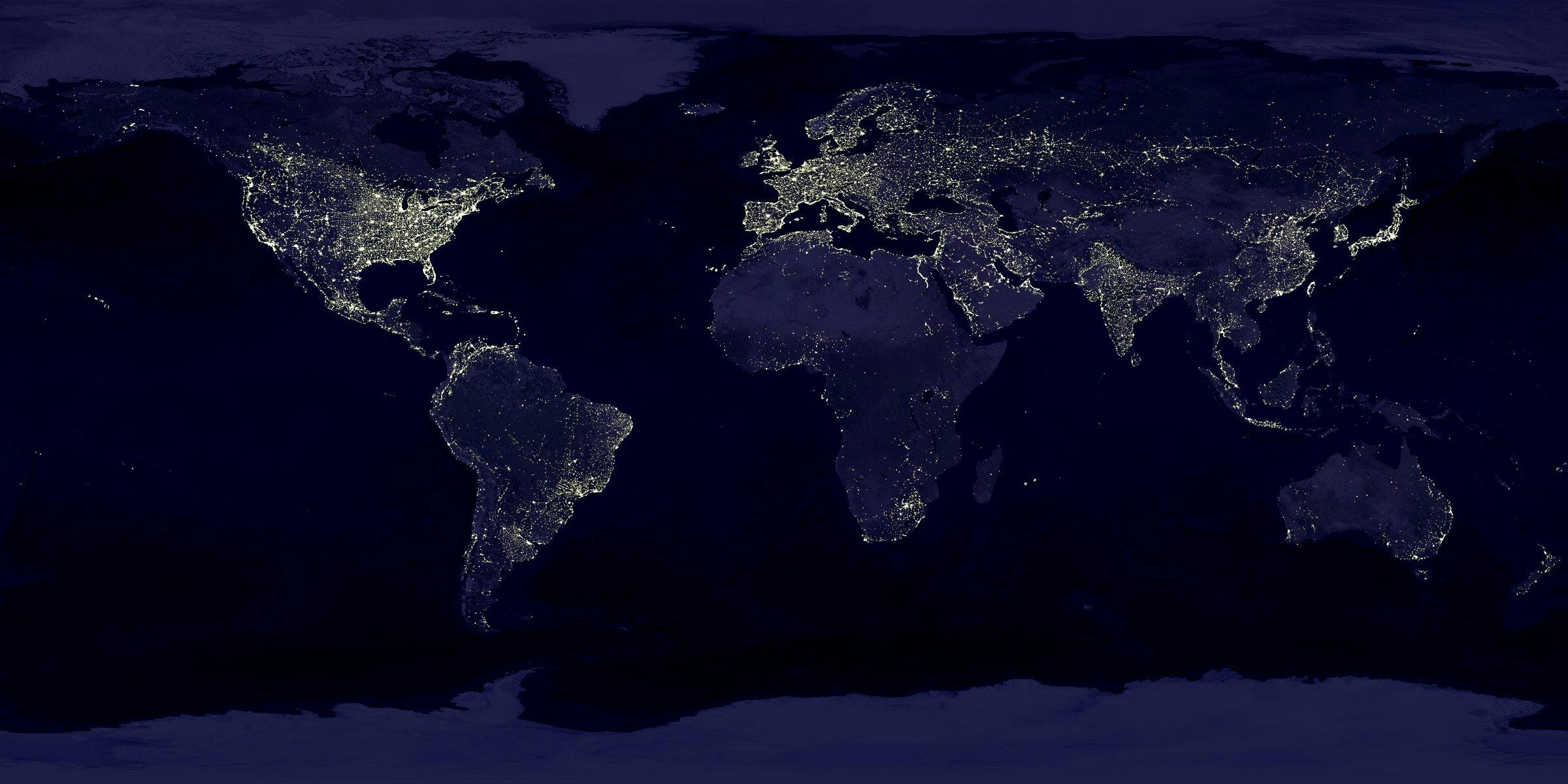10 Ways to Save on Internet Service
Cut costs without compromising the online experiences you love.
Introduction
Paying too much for internet? You’re not alone. Whether you’re a remote worker, a streaming enthusiast, or just someone who wants to keep monthly bills in check, there are plenty of tactics to lower your internet cost—without sacrificing speed or reliability. Below are 10 proven ways to cut expenses on internet service while maintaining a smooth online experience.
1. Reevaluate Your Speed Needs
- Why It Saves: Many users pay for higher speeds than they actually need. If you mostly browse, email, or watch a few shows in HD, a mid-tier plan can be plenty.
- How to Do It: Monitor your average data usage through your ISP’s account portal or your router’s app. If you rarely max out your current plan, it’s time to downgrade.
Pro Tip: Look for “sweet spot” speeds around 50–100 Mbps if you have just a few devices or do minimal HD streaming. You’ll likely see substantial savings compared to gigabit options.
2. Shop Around and Compare Providers
- Why It Saves: Competition keeps pricing competitive. Providers often introduce new-customer deals or bundle promotions to lure you in.
- How to Do It: Use comparison websites or directly contact multiple ISPs to see who services your region. Don’t forget smaller local providers; they can sometimes outdo larger companies’ rates.
Pro Tip: Even if you’re happy with your current ISP, let them know you’re comparing offers. They may extend a loyalty discount or improved speeds.
3. Negotiate (Politely But Firmly)
- Why It Saves: ISPs want to keep paying customers. If you’re out of contract, you have leverage.
- How to Do It: Call customer service, mention competitor deals, and politely but firmly ask for a lower rate. Explain you’d like to stay if they can match or beat another offer.
Pro Tip: Stay calm, friendly, and have competitor pricing ready. Many customers get $10–$20 off their monthly bills through a single phone call.
4. Bundle Services Wisely
- Why It Saves: Providers often discount internet if you also buy TV, phone, or mobile plans together.
- How to Do It: Check if you already have cable or a mobile plan that you can bundle. Review the final itemized costs to ensure you’re truly saving, not just adding unnecessary services.
Pro Tip: Bundling is great if you genuinely need multiple services. If you’re primarily a streamer or rely on a cell phone only, bundling might actually cost more in the long run.
5. Invest in Your Own Equipment
- Why It Saves: ISPs typically charge $5–$15/month to rent a modem or router. That adds up over time.
- How to Do It: Purchase a compatible modem/router from brands like Netgear, TP-Link, or ASUS. Check your ISP’s approved device list for full compatibility.
Pro Tip: A quality modem/router combo can pay for itself within six months. Just remember to keep firmware updated and secure it with a strong password.
6. Take Advantage of Promotional Rates
- Why It Saves: Introductory or promotional rates can be 20–50% off for the first year or more.
- How to Do It: Switch providers or sign up for a new contract when your old one expires. Track the end date so you can renegotiate or switch again before the promotional price jumps.
Pro Tip: Use a calendar reminder. ISPs hope you’ll ignore your bill, letting them sneak in higher post-promo rates once the deal ends.
7. Consider Data-Capped Plans (If Feasible)
- Why It Saves: Some providers offer cheaper monthly rates if you agree to a data cap. Great for light internet users.
- How to Do It: Check your monthly usage. If you stay well under 300 GB, a data-capped plan might suffice. Watch out for overage fees if you go over.
Pro Tip: This is risky for gamers or 4K streamers, who can quickly blow through data and negate any savings.
8. Look for Low-Income or Specialized Programs
- Why It Saves: Government-assisted or ISP-based programs can cut costs or provide free internet to those who qualify (e.g., students, low-income households, or seniors).
- How to Do It: Check for programs like the Affordable Connectivity Program (ACP) if you’re in the U.S., or see if your ISP offers student or military discounts.
Pro Tip: Don’t assume you’re ineligible—requirements vary. Sometimes proof of enrollment in certain assistance programs is enough for discounts.
9. Use Referral Bonuses or Group Plans
- Why It Saves: Many ISPs reward customers for referring friends, neighbors, or family members with statement credits or discounts.
- How to Do It: Ask your ISP if they offer referral codes. Share them on social media, email, or word-of-mouth. In some neighborhoods, group or bulk plans can offer lower rates.
Pro Tip: If your HOA or landlord has a bulk agreement with an ISP, see if opting in is cheaper than standalone service.
10. Stay on Top of Your Bill
- Why It Saves: Hidden fees or incremental price hikes can quietly inflate your monthly charge.
- How to Do It: Carefully review each statement. Look for new surcharges or changes in taxes/fees. If something seems off, call to remove or reduce it.
Pro Tip: Autopay and paperless billing might earn you a small discount. Just make sure you still monitor your actual charges to avoid any surprises.
Related Topics
-
How to Know if You’re Getting a Fair Internet Bill
Learn how to decipher hidden fees, analyze usage, and benchmark your plan against industry standards. -
Tips on Beating Your Data Caps
If data limits are part of your plan, here are ways to minimize usage—without giving up streaming or gaming entirely. -
The Best Internet Speed Test Sites
Verify you’re actually getting the speed you pay for. These tools help track performance and troubleshoot slowdowns.
Conclusion
Saving on your internet service doesn’t mean settling for snail-paced speeds. Start by reassessing your actual needs, comparing competitor deals, and negotiating for a better rate. From bundling services you genuinely need to investing in your own modem, each strategy offers a chance to lower your monthly bill without sacrificing the online activities you love.
Scored a great discount or discovered another cost-cutting trick? Share your experience in the comments—we’d love to hear how you keep your internet bills under control!




